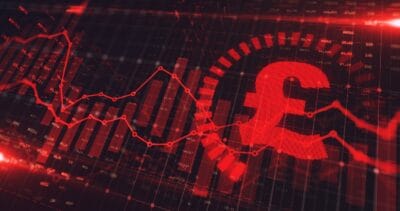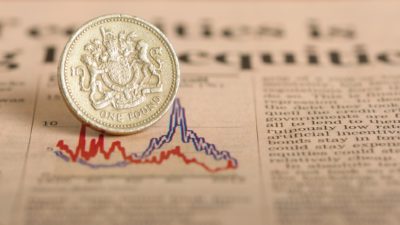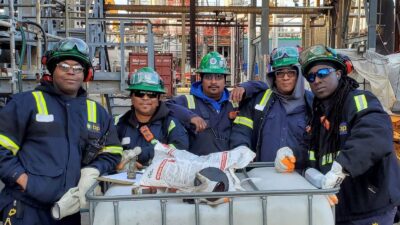 Is anything more attractive in the world of investing than the so-called defensive companies, particularly during uncertain times?
Is anything more attractive in the world of investing than the so-called defensive companies, particularly during uncertain times?
Judging by National Grid’s (LSE: NG) (NYSE: NGG.US) current valuation, it appears not — the firm seems alluring to investors like us, and we’ve driven the share price up by buying into the company.
Where’s the growth?
At today’s share price of 879p the gas and electricity transmission system operator trades on a forward P/E rating of around 15 for year to March 2016 and the dividend yield is down to about 5% . That valuation might not sound too high, but it’s rich compared to the firm’s recent history.
City forecasters predict an earnings decline of 17% this year followed by a 5% recovery the year after. Where’s the growth to justify National Grid’s higher valuation? The simple answer is that there isn’t any.
If we look at the firm’s trading figures, it seems clear that business is flat:
|
Year to March |
2010 |
2011 |
2012 |
2013 |
2014 |
|
Net cash from operations (£m) |
4,516 |
4,858 |
4,228 |
3,750 |
4,019 |
|
Operating profit (£m) |
3293 |
3745 |
3539 |
3749 |
3735 |
Recent share price strength seems driven by valuation expansion and little more, so why is that happening?
Uncertain times
If we think of the investing landscape recently there are clues as to why National Grid, with its defensive qualities, has apparently become all the rage. Economic instability is wreaking havoc with whole sectors such as banking and supermarkets. Risk-averse investors will probably look to defensive sectors such as utilities and consumer goods to avoid the volatility.
The valuations of defensive firms like National Grid are on the rise. That strikes me as a situation that raises the stakes and increases the risk for new investors to the likes of National Grid. I’m worried that the valuation of defensive companies may be cyclical and that a lower valuation may be around the corner for National Grid. Perhaps that will happen as economic conditions become more benign and other investment options start to look less risky and, therefore, more appealing.
Competition for cash flow
It’s unwise to over-pay for any company. Even National Grid has its challenges despite its defensive appeal. Operations are capital-intensive, which requires the firm to run a high debt load. On top of that, governments keep the industry under close regularity scrutiny, which often require companies like National Grid to invest huge sums into their operations.
National Grid’s dividend competes with all of those things for the firm’s cash flow. In recent years, the dividend has risen, but with stagnant-looking earnings and cash flow, dividend cover from earnings is slipping. Adjusted forward earnings cover the payout for that 5% forward yield less than 1.3 times. If earnings and cash don’t start to grow dividend progression will need to halt. If that happens, the situation could become a catalyst for valuation compression, which could see investors’ patiently acquired income gains reversed by capital attrition as the share price slips.
What now?
National Grid would look like a safer dividend investment if the yield was higher and the P/E rating, lower. I’m concerned that, at this level, valuation compression could wipe out investor total returns down the road.







